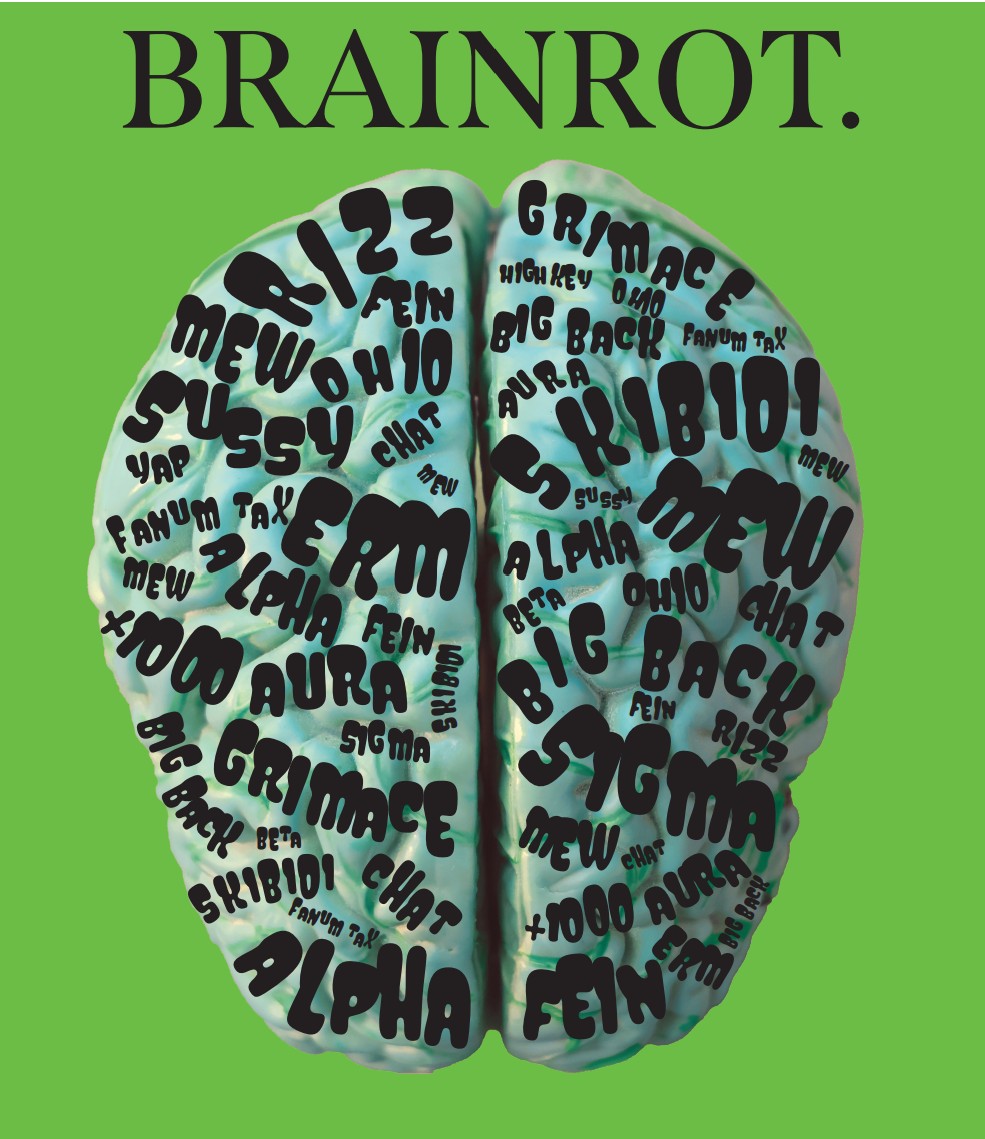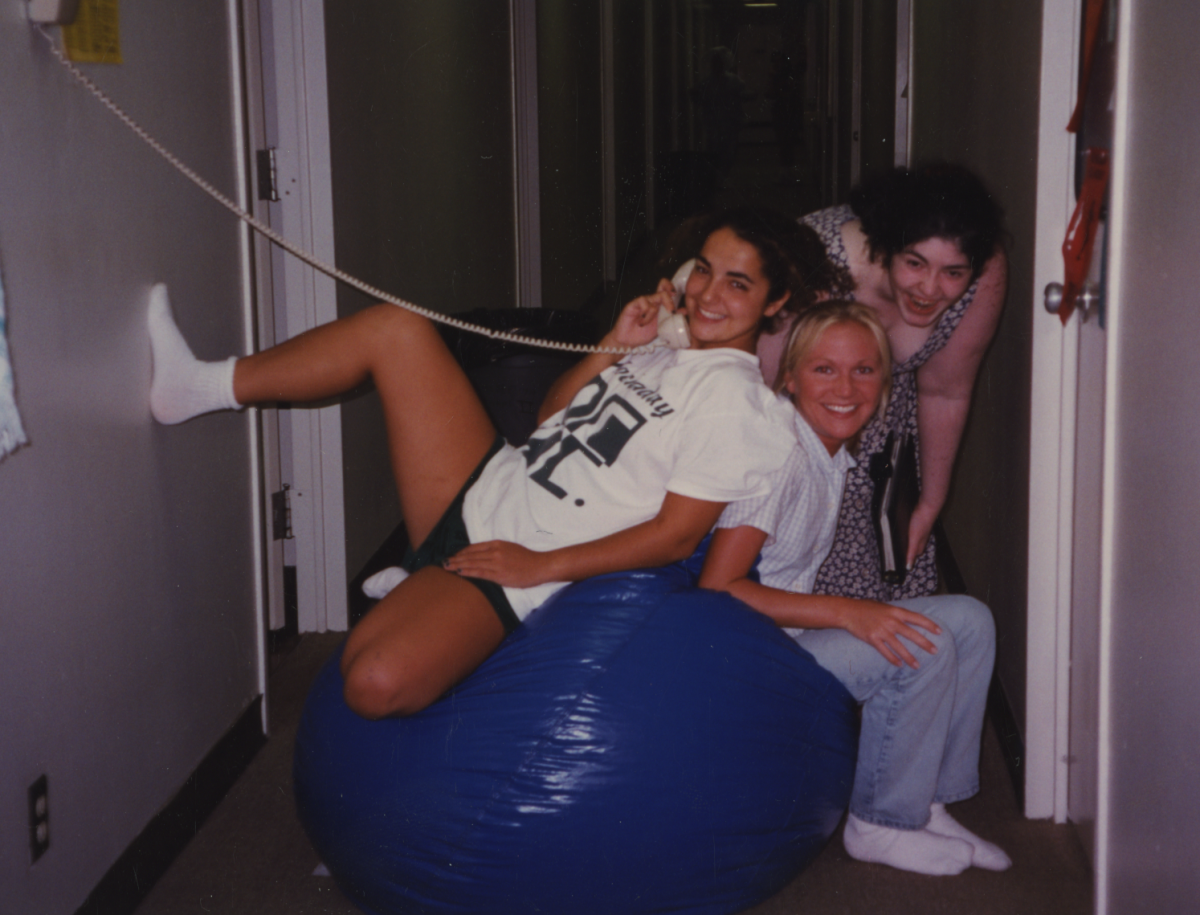When 16-year-old Stacy* returned home from track practice, she began her usual routine—she ate dinner, showered, stretched out her tight muscles and put on pajamas. But instead of sitting down to complete her homework as she normally did, she wrote her family a note and swallowed a bottle of her mother’s sleeping pills.
Stacy was on a path to the Ivy Leagues due to her success on the track and in the classroom, and had social media accounts littered with smiling photos of her alongside her loving friends and family. But, she had been silently battling depression and anxiety which was worsened by the immense pressure she put on herself in sports and school. Neither her friends nor family had any notion of her struggles beneath the surface. Unfortunately, Stacy is just one of many victims of teen suicide.
The Rise
Within the past few years, teen suicide has jumped to alarmingly high rates, making it the third leading cause of death for teenagers. Everyday, about 12 adolescents commit suicide, and for each one of these deaths an estimated 25 attempts are made, according to studies done by the Center of Disease Control and Prevention.
Information provided by the American Foundation for Suicide Prevention states that teenagers who attempt suicide typically suffer from some kind of mental illness. Severe depression can lead to suicidal thoughts, but there is a host of other mental illnesses like bipolar disorder and anxiety that can lead to suicide. Substance abuse, bullying, serious loss like the death of a loved one or a breakup, abuse, family history of mental illness and many other factors can also lead to suicide. Mental illness is treatable, but limited access or the stigma associated with mental health treatment can prevent those who suffer from receiving appropriate care.
According to a study done by the CDCP in 2015, successful suicide attempt rates among teenage girls reached a 40 year high, doubling since 2007. Although successful suicide attempt rates for teenage boys have not increased as dramatically, they still rose by more than 30 percent from 2007 to 2015. Girls consider and attempt suicide more often than boys, but the number of successful attempts in boys are much higher than girls. According to the CDCP, in 2015, five girls for every 100,000 committed suicide compared to 14 boys for every 100,000. Boys generally use more violent methods like firearms, hanging or jumping from heights, while girls typically attempt suicide by overdosing on drugs or self-harm. Furthermore, boys less often use suicide attempts as a “call for help” which would allow for intervention and thus are more successful.
Behind the Spike
Many teenagers find themselves mindlessly checking Snapchat Discover or scrolling through Facebook for hours everyday. According to Upper School Counselor Judy Ware, having this wealth of information at their fingertips can expose teens to dangerous content.
Everything that a person watches and listens to becomes ingrained in the brain. More commonly known as the “copycat effect,” this is the idea that the media subconsciously causes its audience to imitate what they see being portrayed. If this is the case, by depicting violent suicides, the media could have a very negative influence on teenagers.
On March 31, 2017, Netflix released a show called “13 Reasons Why,” produced by singer and actress Selena Gomez. Based off of the novel by Jay Asher, the show quickly gained momentum as audiences became hooked on its tragic plot which follows the story of a teenage girl, Hannah Baker, who committed suicide and left cassette tapes to the people who drove her to take her own life. Almost immediately after it was released and attracted large crowds of viewers, the show became a very large source of controversy. Although suicide is certainly not a topic that should be silenced, there comes a point when the media’s portrayal of it is romanticizing rather than sensitive.
“There is a lot of concern about ‘13 Reasons Why’ because it sensationalizes suicide,” said Laurel School psychologist Dr. Lisa Damour, who wrote New York Times bestseller “Untangled”, a book that focuses on key developmental transitions in teenage girls on their path to adulthood and how adults can successfully guide them there.
The show glamorizes suicide by providing the false notion that committing suicide allows one to get revenge on their tormentors and graphically depicted the lead killing herself. Psychologists caution against both dramatizing suicide and providing methods for attempting it, particularly in graphic manners.
“There is a lot of concern in the mental health community because we have seen teenagers talking more casually about suicide and seeing it through a more sensational lens than we remember from before [“13 Reasons Why”] came out,” Damour said.
Additionally, the show simplifies suicide by suggesting that bullying and sexual assault were the sole triggers, when in reality, it was Hannah’s mental illness, aggravated by the trauma, that pushed her to commit suicide. It virtually ignores the topic of mental illness, which is crucial in the discussion of suicide. This creates an idea of hopelessness, as Hannah could not make her bullies stop tormenting her, when in reality, according to Damour, mental illness is highly treatable.
The National Center of Biotechnology Information stated that watching the show could trigger mentally unstable viewers to inflict harm upon themselves or consider doing so, otherwise known as “copycat effect.” These results were conclusive, as one study showed that only 19 days after the release of the show, online searches about suicide were 19 percent higher than expected, including searches like “commit suicide,” “how to commit suicide” and “how to kill yourself.”
Besides the media’s portrayal of suicide, a rise in mental illness caused to the rise in teen suicide. The intense pressure put on teens in schools nowadays contributes to mental illnesses like anxiety and depression, according to Dan Nelson, M.D., the Medical Director of the Child Psychiatry Unit at the Cincinnati Children’s Hospital Medical Center.
Technology, specifically social media, also plays a role in the increase. Social media not only opens up teens to cyberbullying which can lead to mental illness and in many cases has driven teens to commit suicide. Various studies, including one done by Nelson, have proven that frequently using multiple social media platforms raises the risk of anxiety and depression.
Student Stories
Teen suicide has affected countless families and communities close to Hockaday.
During her freshman year, one of senior Emily Fuller’s friends told her that she was scrolling through Instagram and saw a video of their friend Violet* taking a bottle of Prozac, a medication prescribed for depression, and essentially saying goodbye. Fuller and her friend immediately called the police to send an ambulance to Violet’s house because her parents were out of town. They immediately drove to Violet’s house where they discovered the ambulance had taken her to the hospital. Luckily, Violet survived her suicide attempt and received proper treatment.
“I don’t think that she actually expected to die, I think it was a call for help,” Fuller said.
Fuller said she saw signs that her friend was struggling with depression. She wishes she had done more to answer this cry for help before she attempted suicide, but she also said that the incident has changed the way she approaches situations.
“Every single day I think about that night, just how someone could seriously want everything to stop,” Fuller said. “I know everyone has their problems that they don’t share at school, and people that I don’t even know are struggling. Now I try to think of things in that way, that anyone could be thinking these things.”
Fuller wants to stress the importance of talking to a trusted adult, whether it be a parent or advisor, if you think there is even the slight possibility someone is struggling.
“It’s not something that just having good girlfriends can get them through. Depression is so much more serious than that. I wish that people would think about it in the sense that it is seriously life or death, because for too many people it’s death,” Fuller said.
When senior Eliza Parker attended middle school in Arizona, her best friend was diagnosed with depression and went through medical treatment at a rehabilitation center because she was suicidal. Parker said that at the young age of 12, she did not know what to do to help her friend when she saw the warning signs of substance abuse, isolation and sadness.
“We just tried our best to be there for her when she was really sad and keep her involved because she felt really isolated, and made sure she felt like she was a necessary component of everyone’s lives,” Parker said.
Parker’s friend, with the proper help and treatment, has recovered and was recently released from rehab.
“From a friend standpoint, I think it’s really important to realize it’s not your fault. It’s easy to feel guilty if you are the friend of someone who is depressed. Just know that it is an internal thing for them, and you can do your best to let them know how important they are, but don’t feel guilty for their mental illness, because it really is an illness and they can’t help it,” Parker said.
What can we do?
Although suicide rates have risen in the past 10 years, efforts to help decrease these rates and raise awareness about mental health issues have advanced as well. There are countless suicide awareness foundations in the United States, like the American Foundation for Suicide Prevention, the nation’s largest non-profit organization dedicated to suicide awareness.
Additionally, the Grace Loncar Foundation is a Dallas based organization honoring Booker T. Washington High School for the Performing and Visual Arts Student Grace Loncar, who took her own life in 2016. Loncar was diagnosed with depression at the age of 11. The foundation was established in 2017 with a mission to raise awareness about depression and mental health disorders and provide resources and support to those who may be battling with suicidal thoughts or depression.
Despite the efforts of foundations like the AFSP and the Grace Loncar Foundation, the media is a major obstacle in the fight against teen suicide. With its more susceptible younger audience, the media’s portrayals of suicide and mental illness have negative effects.
“It’s really hard to control what the media does, especially if what they do draws a large market. The media is often driven by profit, and putting forth programming that is exaggerated or dramatized makes people really want to watch it,” Damour said. “This is really hard to get communities to do, but to not click, to not watch is the best way to regulate what the media is going to put forward.”
But the media is not all negative; there are some positive influences as well, like films that handle suicide in a correct way by bringing awareness and opening up the conversation. Celebrities like Demi Lovato, who struggled with mental health and suicidal thoughts, are also bringing awareness and support to those struggling. The hit song “1-800-273-8255” by Logic featuring Khalid and Alessia Cara is named with the National Suicide Prevention Lifeline phone number and encourages listeners experiencing suicidal thoughts to fight for their lives.
Suicide in the media is a slippery slope, but recognizing warning signs in your peers and knowing what to do when you spot them is the most concrete way to prevent suicide. We often have a tendency to push ourselves past our limits, causing overwhelming amounts of stress. But there is a fine line between healthy stress and a mental health disorder.
“Healthy people get sick, but healthy people can recover, while unhealthy people get sick and don’t recover,” Damour said. “When we worry is when someone has a bad day followed by another bad day and another bad day and they can’t bounce back. That’s when it’s time for some help from the outside.”
Warning signs of mental health issues that could lead to suicide include talking about wanting to die, researching or taking interest in suicide, feelings of hopelessness or numbness, being trapped, guilt or being a burden and unbearable pain, substance abuse, reckless or impulsive behavior, anxiousness, irregular sleeping habits, isolation, inability to concentrate, extreme mood swings and self-harm.
If you see any of these signs in your friend, immediately tell an adult you trust. Ware understands that girls may be concerned about their friend’s reaction if they bring the problem to an adult. “Which would you prefer? Would you prefer that your friend is angry with you, or is it more important for her to be safe?” she asked.
Both Ware and Damour emphasized the importance of reaching out to those who display signs of depression or other forms of mental illness.
“You can’t make somebody suicidal by asking,” Damour said. If there is even a small concern, it is worth asking. Ware wants to reiterate the idea of “let’s talk about suicide.” If there is no shame or stigma surrounding mental illness and suicide and if it is open for discussion, teenagers will feel more comfortable seeking help if they are struggling.
Both Damour and Ware stress that depression is highly treatable if you have access to medical help. In order to get this help, you must talk to someone about the problem.
Teen suicide can drastically affect a community, yet our rhetoric often treats self-harm carelessly, with phrases like “I have so much homework, I want to die,” echoing throughout the halls of Hockaday. Damour believes statements like this should be followed with questions.
“Sometimes we just say really dramatic things, I don’t think that is inherently bad. But I think as an adult who is around that, sometimes I will say ‘Do you really want to die or is that how bad you feel?’ and most of the time the answer that comes back is ‘Oh, no, I don’t want to die, I just feel really bad.’ And then we can talk about that. But it’s also good because I haven’t dismissed it, because sometimes the person will say ‘I don’t know, I think I do want to die’ and then we can have that conversation,” Damour said.
Suicide needs to be discussed so everyone struggling, including people like Stacy who are doing so silently, can receive help.
“You just don’t know who. It’s not just the people who don’t have any friends, it’s the people who are the center of attention. You can’t always tell,” Fuller said.
If you are having suicidal thoughts, please reach out to an adult you trust and know that help is available. You can contact the National Suicide Prevention Lifeline at 1-800-273-8255.
* Pseudonyms used to protect the teenagers’ identity.
Story by Morgan Fisher, Business Manager, and Charlotte Dross, Asst. A+L Editor














